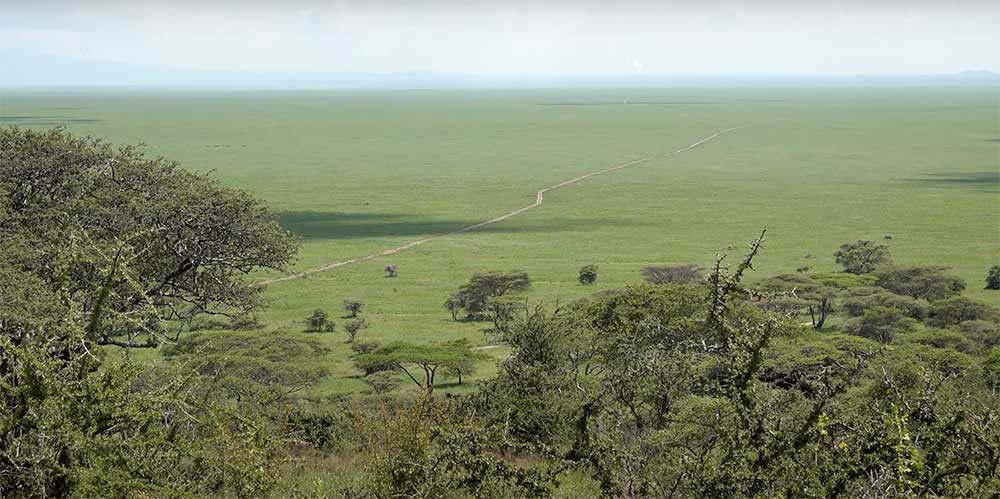
Home of the Great Migration
Serengeti National Park, in northern Tanzania
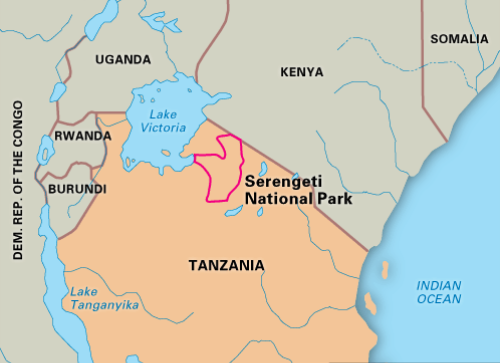
Discover the Serengeti: Africa's Wildlife Wonderland
Welcome to the enchanting world of Serengeti National Park, a magnificent haven of natural beauty and wildlife conservation nestled in the heart of north-central Tanzania. This extraordinary park extends its vastness, partly embracing the Kenyan border and gracefully adorning the northwest border of the Ngorongoro Conservation Area. Serengeti National Park is renowned for its spectacular gatherings of plains animals, notably wildebeests, gazelles, and zebras. It stands as the exclus ive stage for monumental land-animal migrations on the African continent. This iconic destination has captured the hearts of international tourists and was bestowed with the prestigious honor of UNESCO World Heritage status in 1981.
Established in 1951, Serengeti National Park spans across 5,700 square miles (14,763 square km) of some of the finest grassland ranges in Africa. This pristine wilderness boasts extensive acacia woodland savanna, with elevations ranging from 3,020 to 6,070 feet (920 to 1,850 meters). The park gracefully stretches 100 miles (160 km) southeast from the serene shores of Lake Victoria, extending an additional 100 miles (160 km) south from the Kenya-Tanzania border in its eastern realm. Along the “western corridor” leading to Lake Victoria, numerous animal migrations unfold in a breathtaking spectacle. Inside this remarkable park, you’ll find nearly 1,300,000 wildebeests, 60,000 zebras, 150,000 gazelles, and a diverse array of other wildlife. During the wet season, from November to May, these herds graze in the lush southeastern plains of the park. Come late May or June, one of the main herds ventures west into the park’s woodland savanna before making its way north into the grasslands just beyond the Kenya-Tanzania border, known as the Mara, a part of the Masai Mara National Reserve. Another group undertakes a direct northward journey. These mesmerizing herds return to the southeastern plains of the park in November, marking the end of the dry season.
Serengeti National Park is also home to over 35 species of plains animals, including 3,000 lions and significant populations of spotted hyenas, leopards, rhinoceroses, hippopotamuses, giraffes, cheetahs, and baboons. The marshes near the Mara River are inhabited by crocodiles, while the skies above are graced by the presence of over 350 bird species, including ostriches, vultures, and flamingos.
Intriguingly, the park has witnessed the return of elephants, a species absent from the Serengeti just three decades ago. Their resurgence is linked to the increasing human populations and agricultural developments surrounding the park. The local elephant population now stands at an estimated 1,360. However, the last of the Serengeti’s wild dogs vanished in 1991, possibly due to unvaccinated domestic dogs spreading diseases to the wild dogs. Tragically, an epidemic of canine distemper claimed the lives of nearly one-third of the area’s lions in 1994. Furthermore, the illegal hunting of elephants for their ivory tusks, the ruthless slaughter of the now almost extinct black rhinoceros for their horns, and the poaching of game animals for their meat, estimated at a staggering 200,000 per year, pose significant threats to the park’s delicate ecosystem.
The first comprehensive wildlife population survey in this region was conducted by the distinguished German zoologist Bernhard Grzimek in the late 1950s. The park’s headquarters are located at Seronera, which also serves as the base for the Seronera Wildlife Research Centre, originally established as the Serengeti Research Institute in 1962. Serengeti National Park stands as a testament to the unwavering commitment to preserve and protect the breathtaking landscapes and the magnificent wildlife that call this extraordinary place home.
Here are some key aspects of Serengeti National Park
Serengeti National Park is one of the most renowned and iconic wildlife reserves in the world, located in northern Tanzania, East Africa. Covering an area of approximately 14,750 square kilometers (5,700 square miles), it is known for its incredible biodiversity and serves as a prime example of African savanna ecosystems.

Wildlife Spectacle
The Serengeti is famous for hosting one of the most remarkable wildlife migrations on the planet, the Great Migration. This annual event involves millions of wildebeests, zebras, and other herbivores traveling in search of fresh grass and water, attracting predators like lions, cheetahs, and hyenas. The park provides a front-row seat to this awe-inspiring natural phenomenon.
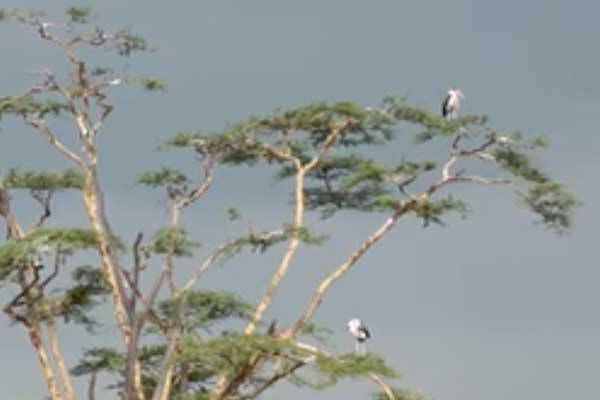
Diverse Fauna
Serengeti National Park is home to an impressive array of wildlife. In addition to the migratory herds, you can spot the Big Five (lion, leopard, elephant, buffalo, and rhinoceros), as well as giraffes, hippos, crocodiles, and numerous species of antelope. The park boasts over 500 bird species, making it a paradise for birdwatchers.
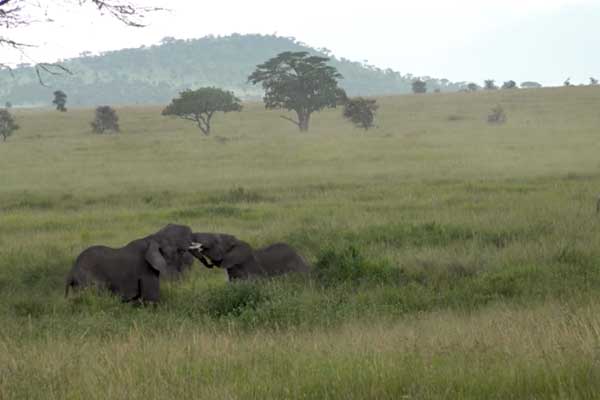
Varied Landscape
The Serengeti's landscape is incredibly diverse, featuring open grasslands, woodlands, rivers, and kopjes (rocky outcrops). This diversity in terrain provides different habitats for various animal species, enhancing the overall richness of the ecosystem.
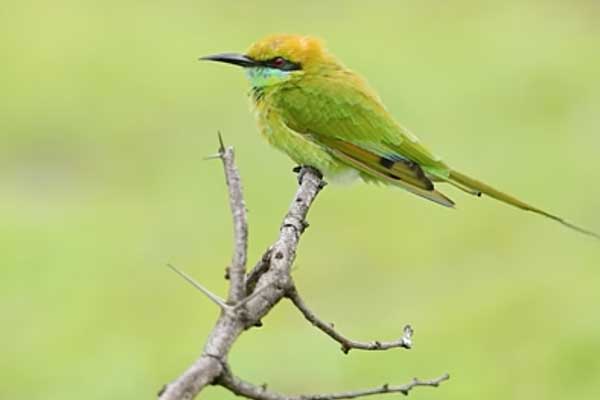
Conservation Efforts
Serengeti National Park is a UNESCO World Heritage Site and plays a crucial role in wildlife conservation efforts. It serves as a vital sanctuary for endangered species and is part of a larger ecosystem that includes neighboring conservation areas, such as the Ngorongoro Conservation Area.
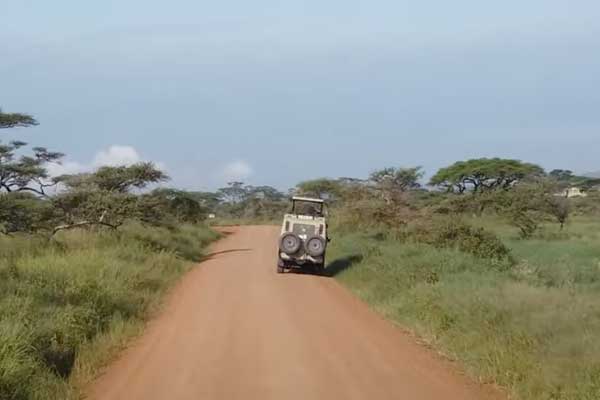
Safari Destination
The Serengeti is a prime destination for safari enthusiasts and nature lovers. Visitors can explore the park through game drives, guided walks, and even hot air balloon safaris. The park's abundant wildlife and stunning landscapes offer incredible opportunities for photography and wildlife observation.
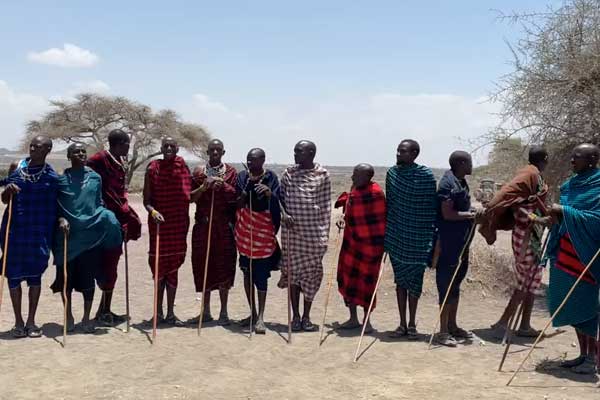
Cultural Significance
The region surrounding the Serengeti is inhabited by various ethnic groups, including the Maasai people. Their traditional lifestyles and culture are interwoven with the park's history and conservation efforts, making it a fascinating place to learn about local customs and traditions.
Great People. Amazing Tours. Beautiful Tanzania.
Dreaming of the Serengeti
It’s likely that you’ve daydreamed about Africa, and in those reveries, the Serengeti probably featured prominently. The Serengeti has served as the stunning backdrop for numerous wildlife documentaries, and for a compelling reason – it is the epicenter of the Great Migration and could easily be one of the planet’s last unspoiled natural marvels.
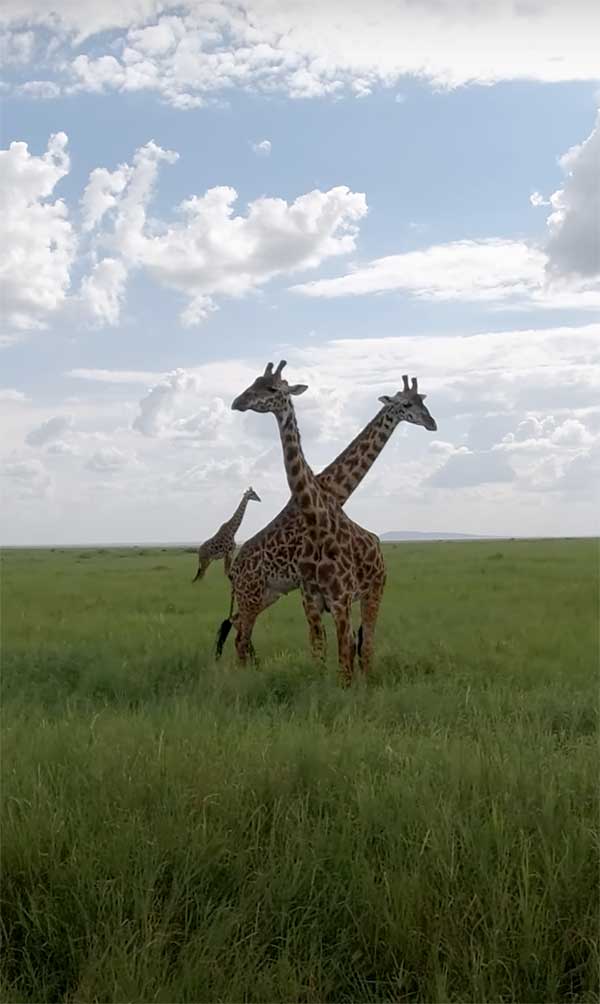
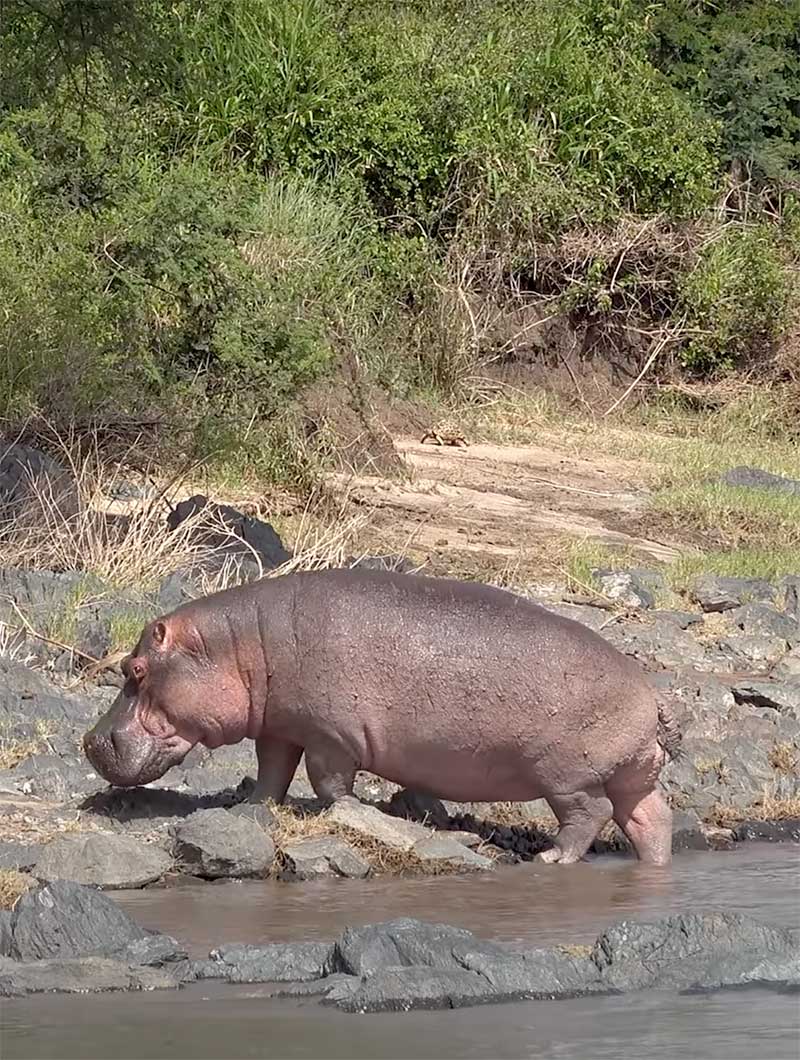
Image gallery
Serengeti Scenes
The Serengeti’s extraordinary wildlife diversity, stunning natural beauty, and the opportunity to witness incredible natural events like the Great Migration make it a dream destination for wildlife photographers seeking to capture unforgettable moments in the wil
